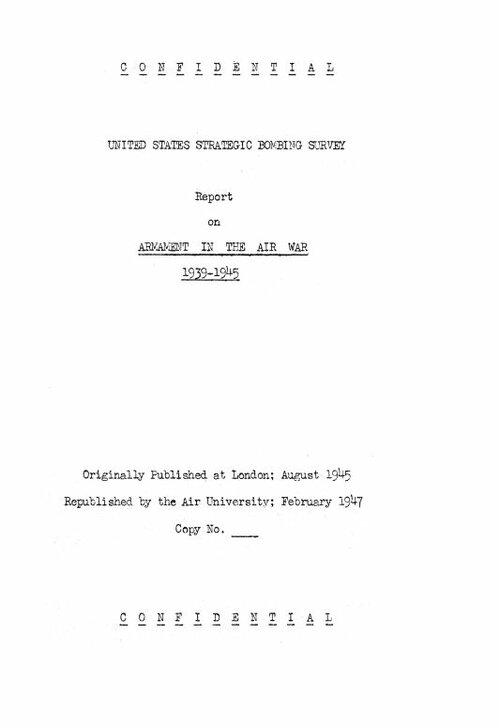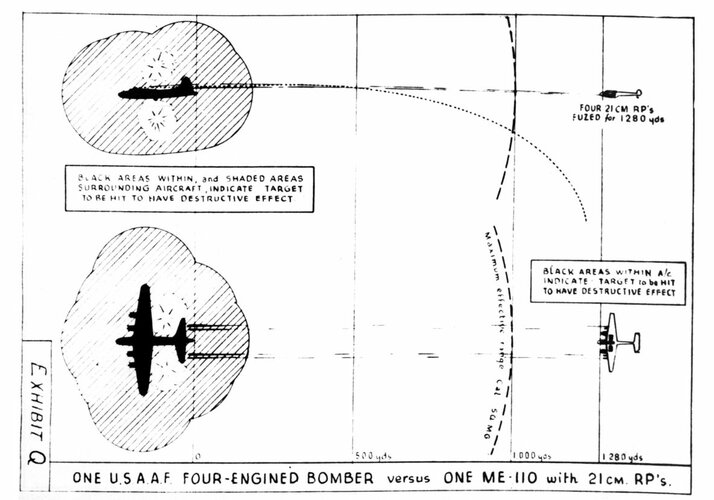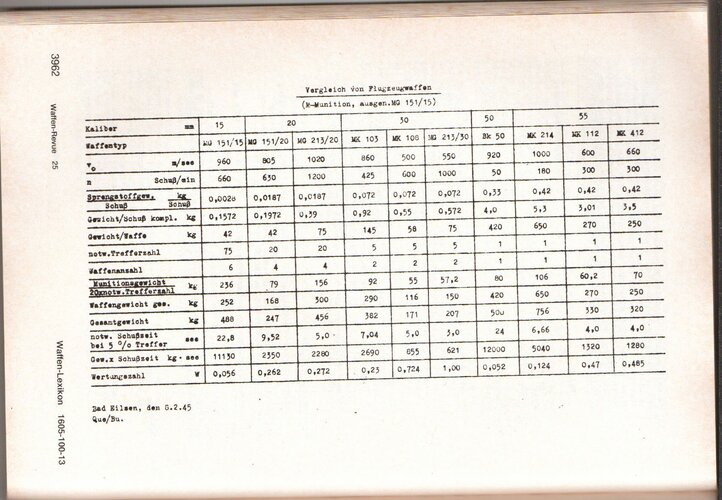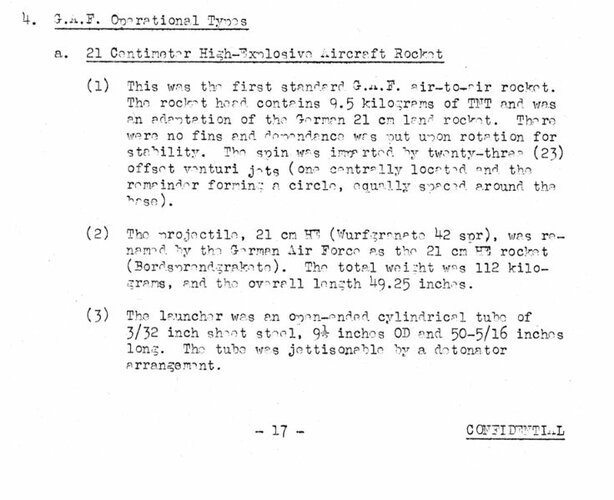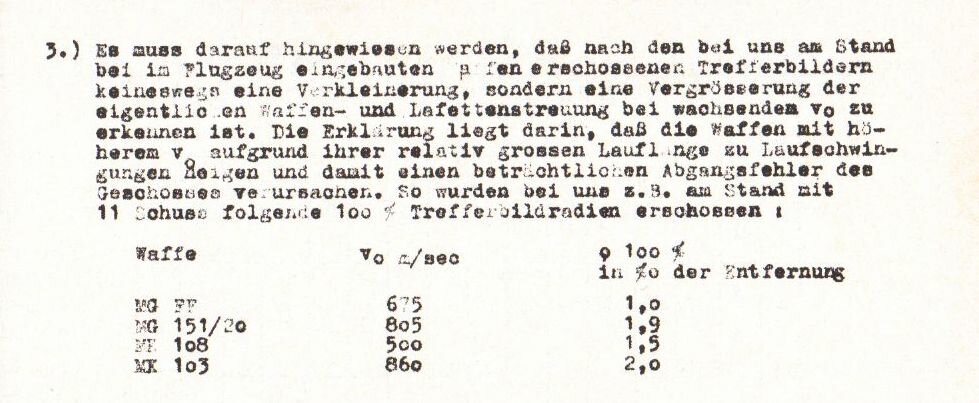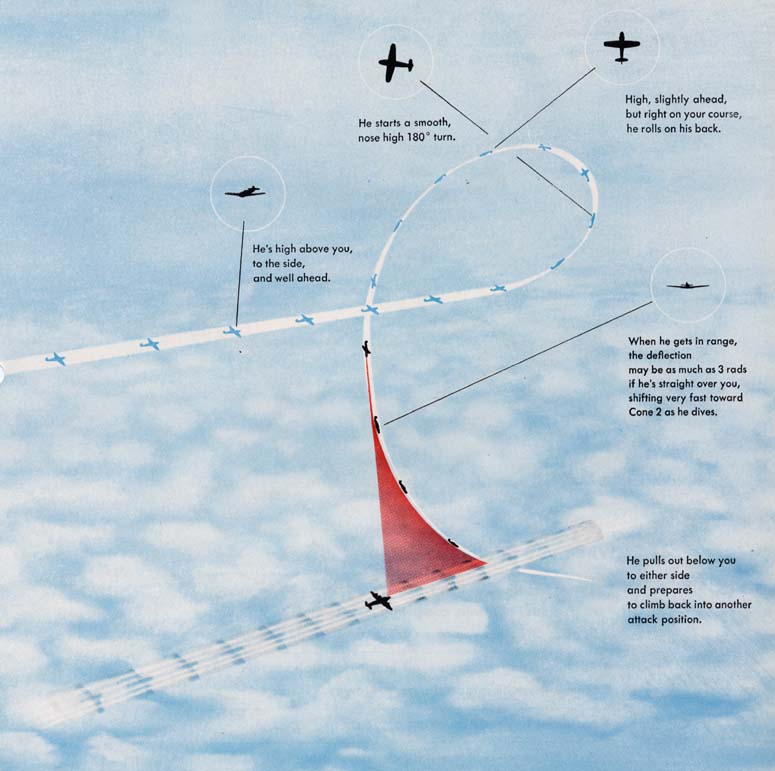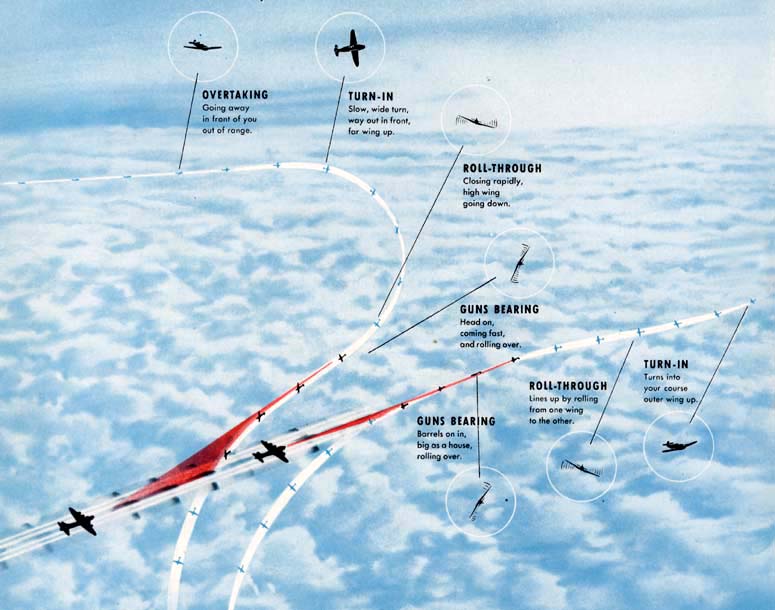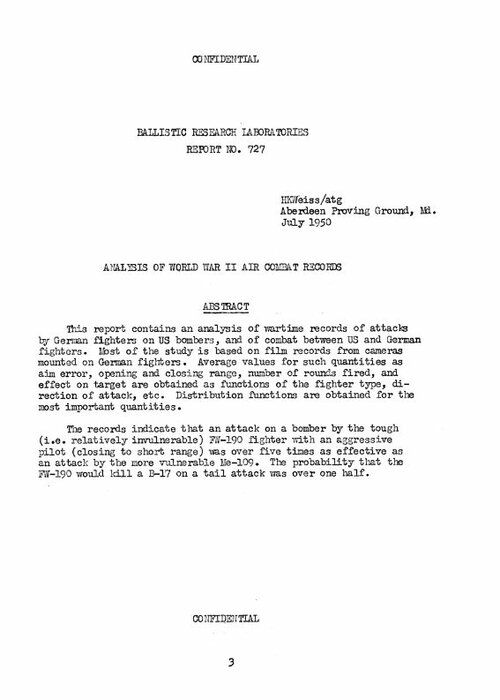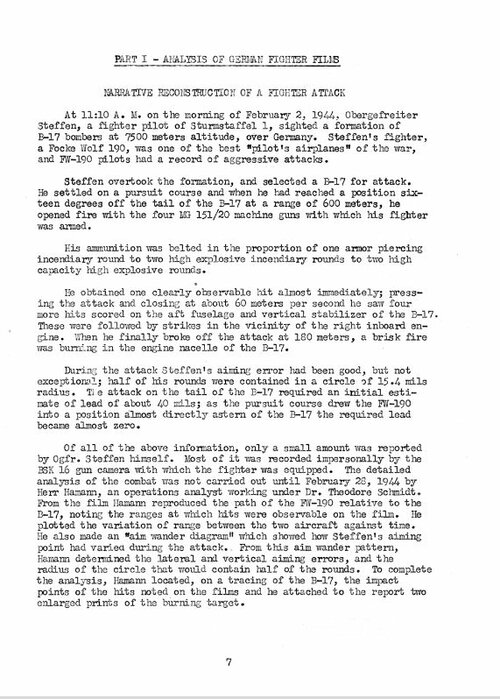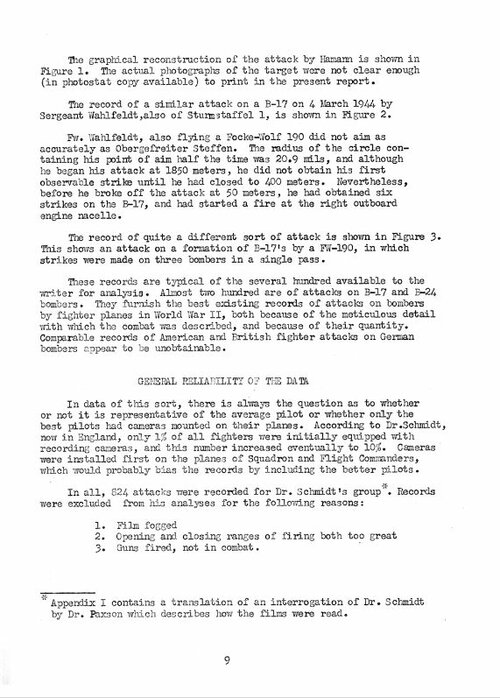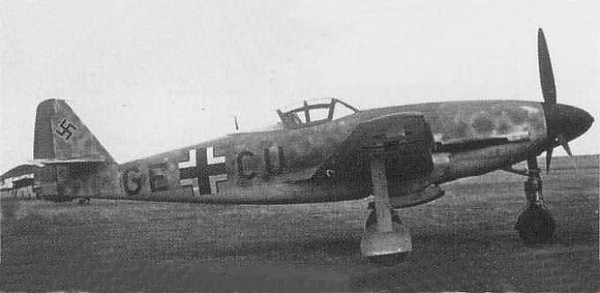What's the intended niche for the 25 mm MG FF/M? The difficulty the Luftwaffe historically faced really was to design a large-capacity mine shell with the associated fuzes to make it work, and if you don't axe the MK108 completely, you're going to have a duplication of effort the Luftwaffe can ill afford. If you have a 30 mm cannon in the works, designing a new 25 mm cannon that can't be used in a synchronized mount doesn't seem to add all that much, especially as the both the Fw 190 and the Me 109 can actually use the 30 mm cannon in a wing (or underwing) mounting. If you'd suggest a 25 mm spin-off of the MG 151, that would make more sense in my opinion ...
All of what I've suggested has a lot to do with, IMO, main concern: limits of the platform. Just like a full-power auto rifle was a bad idea once we put it in the hands of an infantryman, so was the very powerful MK 103 a wrong gun for Bf 109 and Fw 190.
(MK 103 have had all the required qualtiess of an anti-aircraft gun, though)
The MK 108 was for a fighter aircraft what the SMG was for infatryman - a lot of firepower, but at short ranges and/or does not do well if a target is behind a log, thin steel plate or a sand bag.
My suggestion is the equivalent of an assault rifle - a lot of firepower, also for longer ranges and that can threat a target that is not cooperating (it is resilient, or perhaps flying too fast and maneuvers).
The 25mm should be able to fit in the Vee of a V12 engine, and it will fit within the wings of he Fw 190. A 200+-g M-shell will make a far better job on a big bomber than a 92g M-shell from MG-151/20 or from MG FFM. At ~700 m/s, it will improve hits probability on both fighters and bombers.
Need be, cancel the MK 108.
With regard to a slightly increased muzzle velocity ... well, historically, the Luftwaffe was optimizing several parameters at once, and these were rate of fire, shell content, weapon weight, and probability of scoring hits. In the comparison between the MK108 and the MK103, they found that the MK108 was the superior weapon as the weight of gun permitted the use of two MK108 for one MK103, while the MK103 was found to be inaccurate in spite of the high muzzle velocity ... or maybe because of the high muzzle velocity, as this caused a large dispersion pattern.
As above - those cannons were at the opposite ends of the spectrum. There was no in-between weapon that takes in account capability of platform 1st. The superior MK 103 was not fitted on any 1-engined fighter that LW used operationally. For the Fw 190, it's recoil was found too problematic to bother. Installation of MK 103 in gondolas meant the low-performing Fw 190As in 1944 were performing lower still with these attached.
I'm also convinced that muzzle velocity is a factor whose importance in actual combat is commonly overrated because people try to transfer their infantristic shooting experience to air combat. You don't need a flat trajectory in air combat because you're basically shooting at point blanc range anyway, and your sight is adjusted so that the trajectory never deviates far from the aiming mark at typical combat ranges. (Few people are aware that the inevitable convergence/divergence of wing-mounted armament actually causes greater deviations.) At the ranges at which a flat trajectory begins to tell, long barreled high-velocity guns tend to give such a large dispersion pattern that only a fraction of rounds is on target anyway, even given correct aiming, so as always in aviation, you have to choose your compromise wisely ...
Germans tested the hit probability of the MK 108 and 103, and found that MK 103 has double the hit probability of the MK 108. However, the weight allowance was the same for two MK 103s as for 4 MK 108s on Me-262s, meaning the total RoF of 2400 rd/min of the MK 108 battery will do better damage than ~800 rd/min of the MK 103 battery.
Quirk was that it was either one or two MK 108s for German fighters, unless we go with gondolas.
I'm also convinced that muzzle velocity is a factor whose importance in actual combat is commonly overrated because people try to transfer their infantristic shooting experience to air combat. You don't need a flat trajectory in air combat because you're basically shooting at point blanc range anyway, and your sight is adjusted so that the trajectory never deviates far from the aiming mark at typical combat ranges. (Few people are aware that the inevitable convergence/divergence of wing-mounted armament actually causes greater deviations.) At the ranges at which a flat trajectory begins to tell, long barreled high-velocity guns tend to give such a large dispersion pattern that only a fraction of rounds is on target anyway, even given correct aiming, so as always in aviation, you have to choose your compromise wisely ...
It took a seasoned pilot to came to the point blank range of a target. Especially if the target is firing from all the guns it can bring to bear (= B-17s/-24s), or if the enemy uses the mutually-supportive tactics and uses well-performing fighters, or even the better-performing ones.
We can recall that LW asked for a 1000 m/s + 1000 rd/min gun that materialized as the MG 213A project, and were experimenting a lot with high-velocity cannons despite the tough job of installing them on current fighters.
The Luftwaffe expectation really was that the planned introduction of the EZ42 would overcome any disadvantages the low muzzle velocity of the MK108 would have even when facing hypothetical Allied jet bombers, as the sight automatically compensated both for lead and for bullet drop even at long combat ranges.
Accordingly, in an alternative timeline, it might be a better call for the Luftwaffe to get the EZ42 into service early while sticking to the historical guns, than to try and improve on the already very good guns they historically had.
An earlier EZ42 is certainly a good call.


